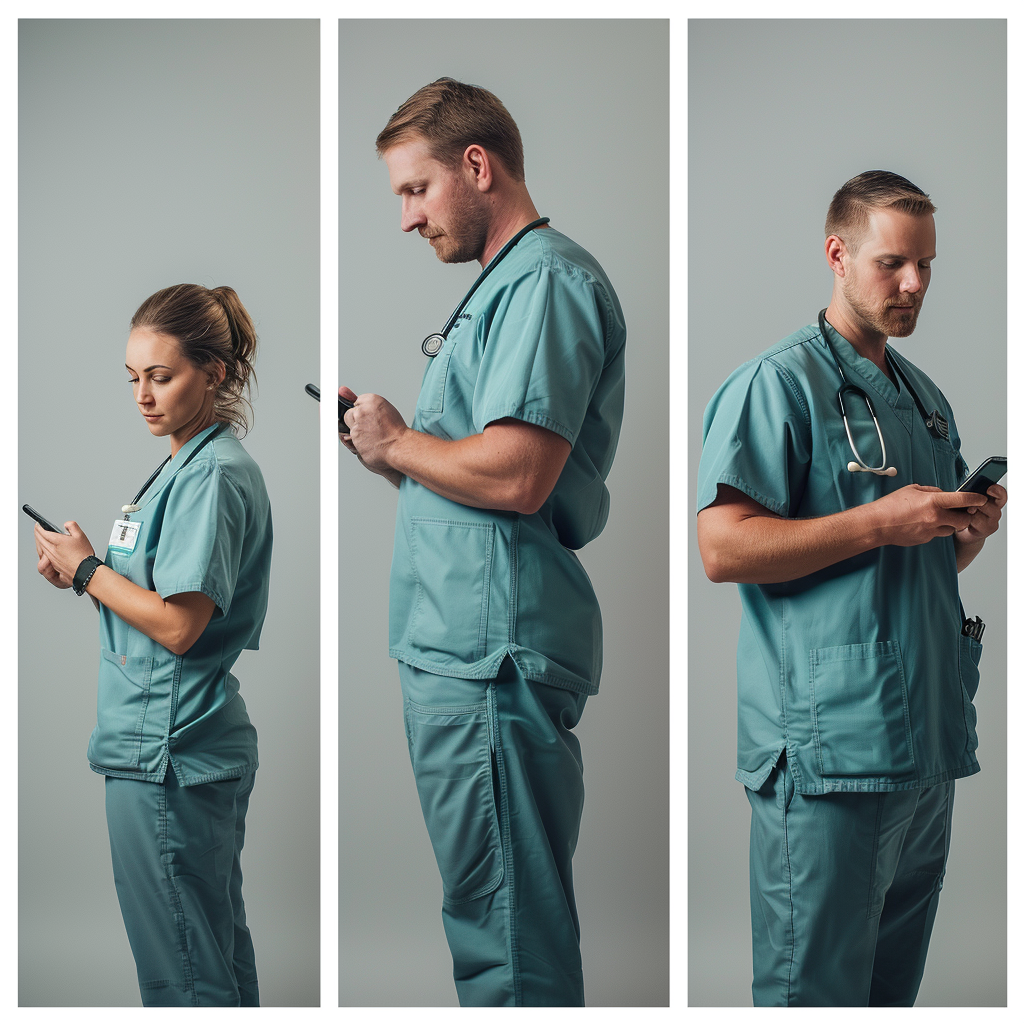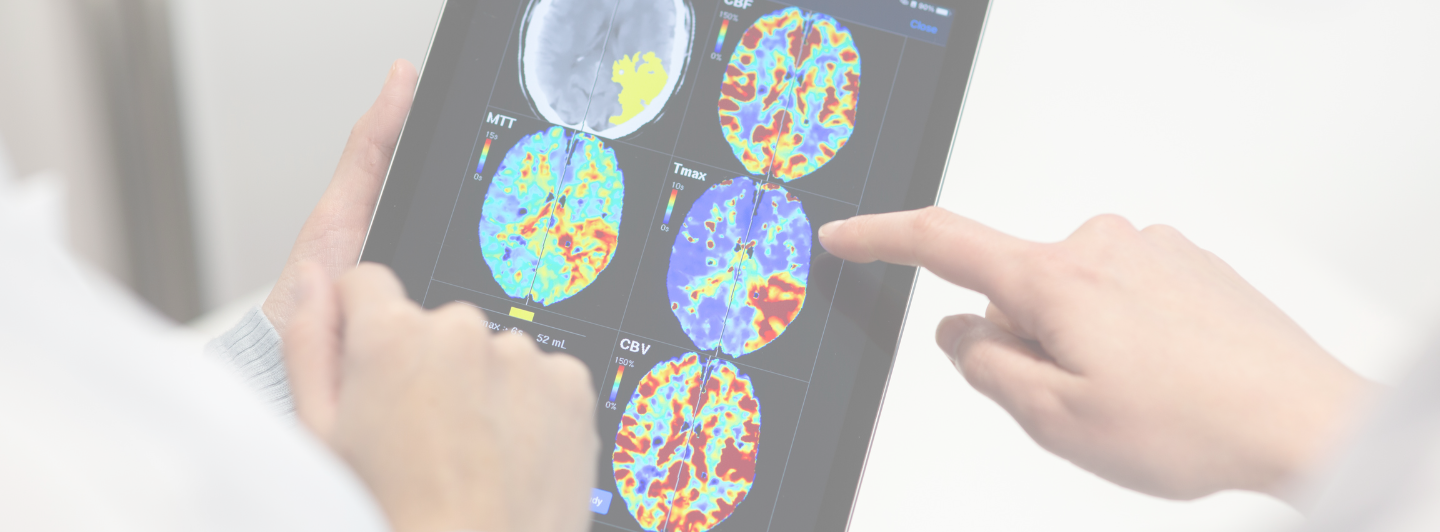Stroke care is a critical medical field where the precision and speed of decision-making can mean the difference between full recovery and lasting disability. Recent advancements in technology and artificial intelligence (AI) have emerged as transformative forces, poised to revolutionize the collaboration and communication landscape within multidisciplinary stroke care teams. This shift towards a more integrated approach promises to significantly improve patient outcomes by ensuring timely treatment and rehabilitation.
Telemedicine: A Cornerstone for Effective Stroke Care
Telemedicine has proven to be an invaluable asset in the realm of stroke care, bridging the critical gap between initial patient contact and hospital admission. By enabling real-time communication between emergency medical personnel in the field and neurologists at stroke centers, telemedicine ensures that expert evaluation and decision-making can begin at the earliest possible moment. The importance of this early intervention cannot be overstated; studies like those conducted by Joseph et al. (2021) have underscored the effectiveness of telemedicine-enabled stroke care, particularly in ambulances, highlighting how it facilitates both verbal and non-verbal communication among care teams. This innovative approach allows neurologists to assess patients and plan treatment strategies even before they reach the hospital, significantly accelerating the initiation of lifesaving therapies.
Mobile Applications: Enhancing Team Coordination
The integration of mobile applications into stroke care protocols has streamlined communication among team members, promoting more efficient and coordinated care. For instance, Tokunaga et al. (2020) demonstrated how a dedicated mobile app improved door-to-puncture times for thrombectomy procedures, illustrating the application’s potential to foster seamless inter-hospital collaboration. This technological advancement enables swift sharing of critical patient information, ensuring that all team members are informed and prepared to act promptly upon the patient’s arrival.
Computer-Assisted Rehabilitation: Supporting Recovery
Following acute stroke intervention, the rehabilitation phase is pivotal for patient recovery. The introduction of computer-assisted medical activities into rehabilitation practices has opened new avenues for enhancing the collaboration of professionals involved in post-stroke care. As outlined by Fernández Gregorio & Montané-Jiménez (2022), a conceptual model designed to improve communication channels among rehabilitation teams could significantly contribute to the recovery process, making rehabilitation more efficient and patient-centered.
Innovations in Communication: Beyond Conventional Methods
The development of secure brain-to-brain communication technologies with edge computing represents a cutting-edge approach to assisting post-stroke patients, especially those with paralysis. By facilitating the encrypted transmission of thoughts directly from the patient’s brain to caregivers, this innovative technology offers a novel means of communication that could greatly enhance the quality of life during rehabilitation (Rajesh et al., 2020).
Tablet-Based Interventions: Facilitating Early Rehabilitation
Tablet-based interventions, such as the RecoverNow program, have shown great promise in delivering early speech-language therapy to stroke patients with communication deficits. Mallet et al. (2016) explored the feasibility and effectiveness of these interventions in acute care settings, demonstrating that technology could play a significant role in supporting patient rehabilitation from the earliest stages of stroke recovery.
The integration of technology and AI in stroke care heralds a new era of collaboration and efficiency in treatment delivery. These advancements not only facilitate immediate and informed decision-making but also open new pathways for patient engagement and rehabilitation. As technology continues to evolve, the stroke care landscape is set to transform, offering unprecedented opportunities to improve outcomes for stroke patients across the globe.
Nicolab’s StrokeViewer harnesses AI-driven analytics to revolutionize stroke care, providing multidisciplinary teams with the real-time data and collaboration tools needed for swift, informed decision-making. Its capabilities range from analyzing brain imaging in real-time for rapid patient assessment to seamless sharing of critical patient data across geographically dispersed teams, ensuring immediate and coordinated care. Furthermore, StrokeViewer aids in triaging patients to prioritize emergency cases and facilitates inter-hospital collaboration, allowing hospitals with limited resources to consult with comprehensive stroke centers for expert guidance. This suite of features not only streamlines the workflow but significantly improves patient outcomes by saving critical brain time.
For healthcare professionals eager to leverage the latest in stroke care technology, we encourage you to explore Nicolab’s StrokeViewer. Schedule a demo today and see firsthand how Nicolab’s innovations can enhance the efficacy and collaboration of your multidisciplinary stroke team, paving the way for a new standard in patient care.
As we venture further into the future of stroke care, one pertinent question arises: How will ongoing technological advancements continue to shape the dynamics of stroke care teams and the overall patient care experience? This inquiry guides us into our next discussion, “Incorporating Technology into Stroke Team Dynamics,” where we will explore the technological breakthroughs reshaping the field of stroke care.

